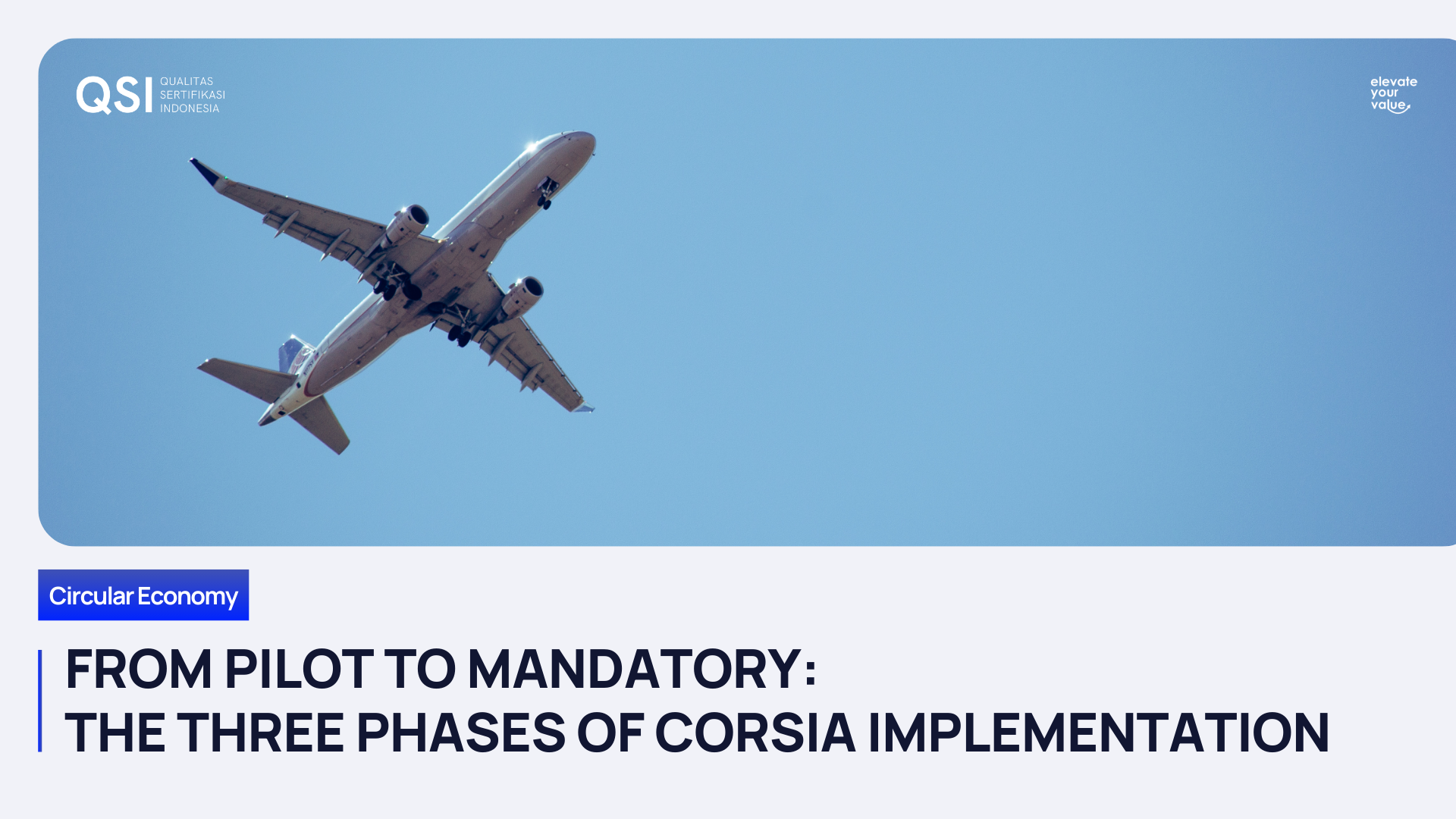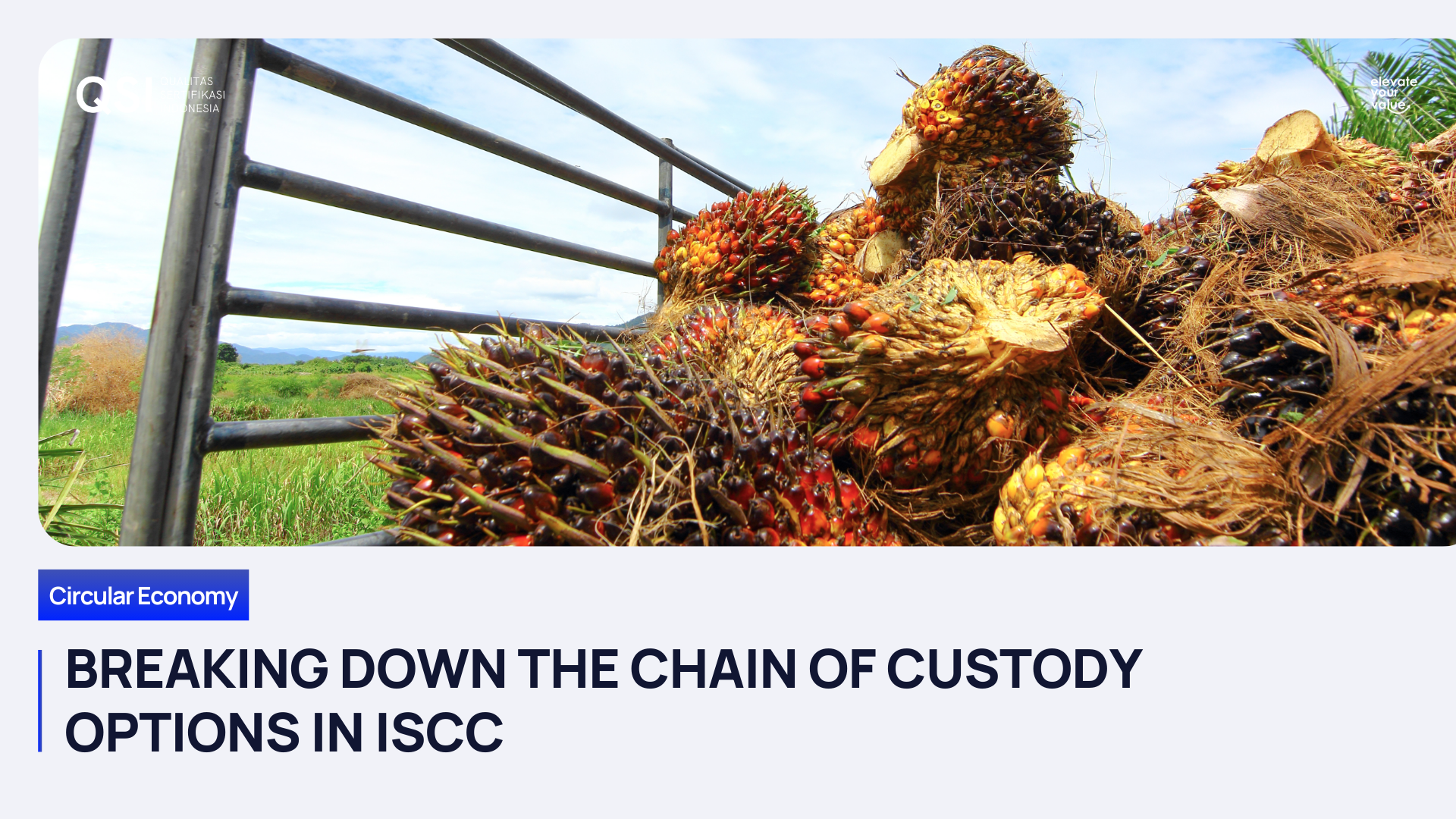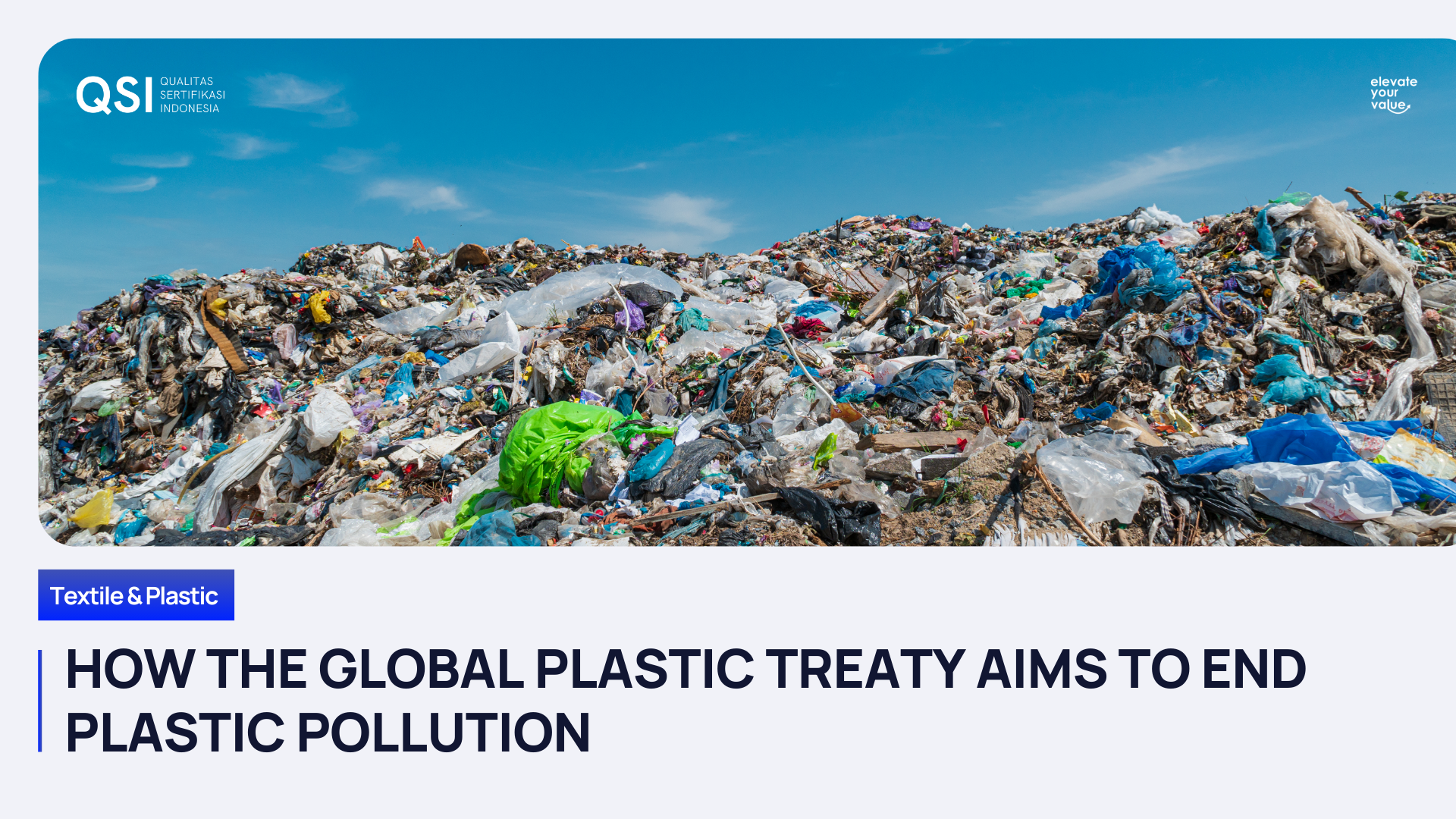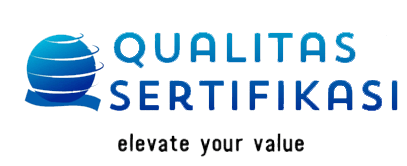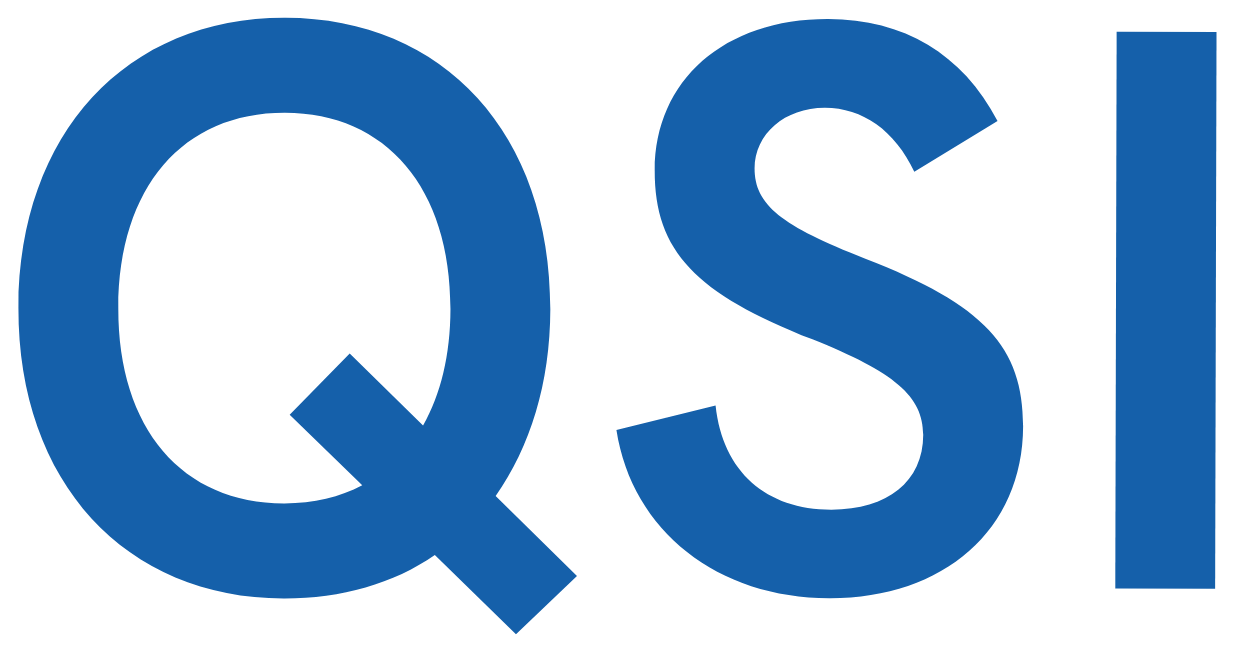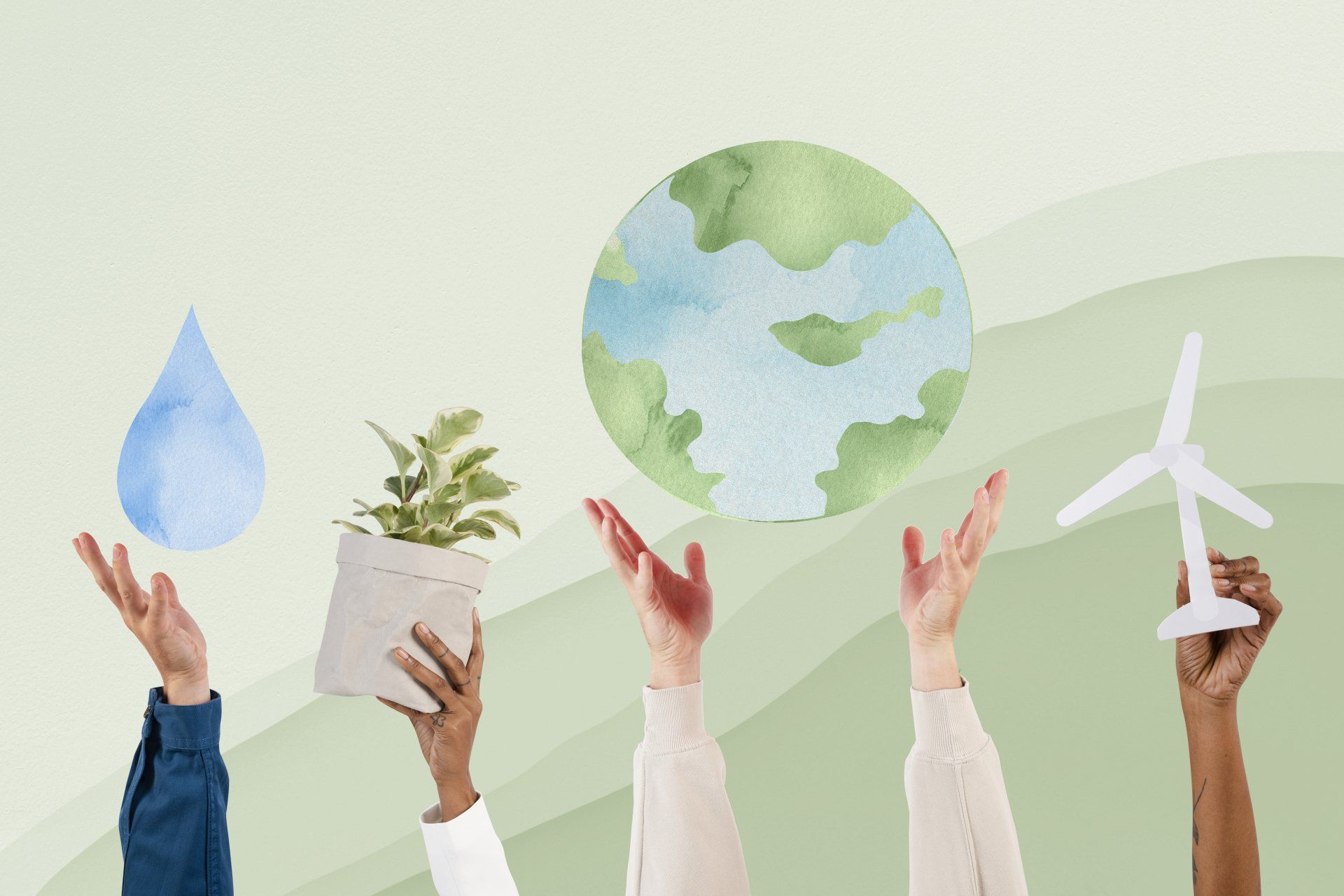Mengenal ISCC PLUS, Paket Komplit Menjaga Keberlanjutan Lingkungan

Upaya untuk menjaga keberlanjutan lingkungan saat ini tengah diupayakan oleh setiap pihak, salah satunya dengan memastikan penghematan efek gas rumah kaca dari segala jenis produksi biomassa. International Sustainability & Carbon Certification (ISCC) merupakan salah satu lembaga yang menyediakan sertifikasi bertaraf internasional, yang mewajibkan keterlacakan rantai pasokan. Dari sekian jenis ruang lingkup dan kategori sertifikasinya, salah satu yang bisa menjadi perhatian adalah ISCC PLUS.
ISCC PLUS merupakan sistem sertifikasi untuk semua pasar dan sektor yang tidak diatur oleh Arahan Energi Terbarukan Uni Eropa (Renewable Energy Directive atau RED) II, seperti pasar pangan, pakan atau energi, serta untuk aplikasi industri yang beragam. Di bawah sertifikasi ini, semua jenis bahan mentah pertanian dan kehutanan, limbah dan residu, energi non-bio terbarukan dan bahan karbon daur ulang, serta bahan bakar masuk dalam kategorinya.
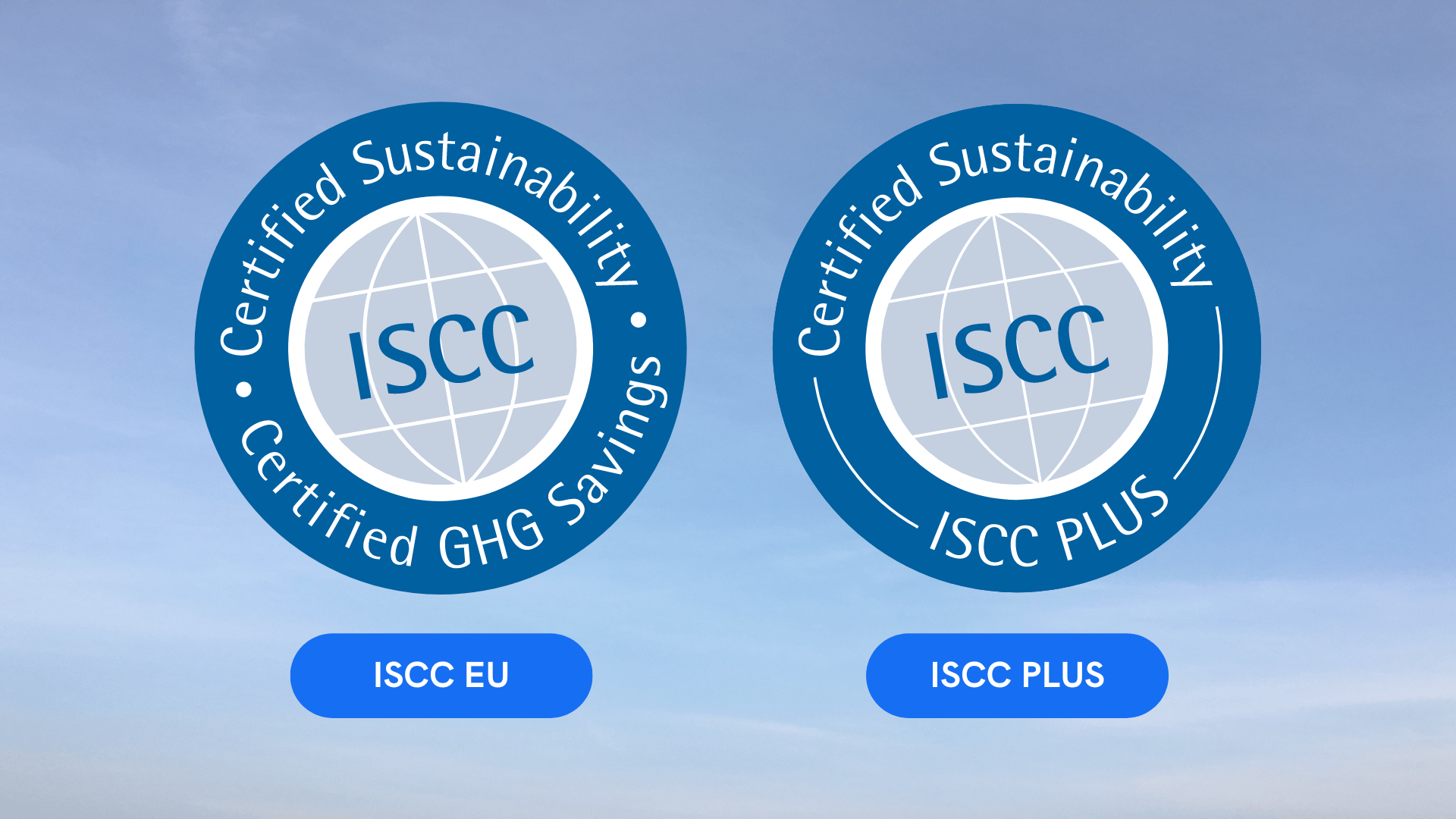
Perbedaan ISCC EU dan ISCC PLUS
Dalam sertifikasi ISCC, terdapat dua sertifikasi dengan tujuan dan visi yang sama, yaitu ISCC EU dan ISCC PLUS. Mengingat skema dua sertifikasi ini diselaraskan secara luas, secara umum Dokumen Sistem ISCC EU juga berfungsi untuk ISCC PLUS. Namun terdapat beberapa persyaratan yang berbeda, khususnya yang berkaitan dengan ketertelusuran, lacak balak, serta perhitungan emisi Gas Rumah Kaca (GRK) yang ingin ditekankan oleh ISCC dalam dokumen ini.
Untuk melakukan sertifikasi ISCC PLUS, diperlukan dokumen tambahan sebagai sumber informasi wajib dari Dokumen Sistem Uni Eropa. Hal ini dimaksudkan untuk memfasilitasi perusahaan, lembaga sertifikasi dan pihak lain yang berkepentingan, karena mereka hanya perlu mengacu pada satu set dokumen sistem dan menghindari duplikasi persyaratan. Dokumen-dokumen yang dimaksud ini dapat ditemukan di situs web ISCC.
Referensi yang dibuat dalam Dokumen Sistem ISCC EU sehubungan dengan persyaratan RED II untuk bahan bakar berkelanjutan (biofuel, bioliquid, atau bahan bakar biomassa), juga berlaku berdasarkan syarat ISCC PLUS untuk semua produk lain seperti makanan, pakan, atau biokimia. Adapun persyaratan wajib yang khusus untuk sektor biofuel UE, seperti Kewajiban Pelaporan UE atau persyaratan penghematan emisi GRK minimum, tidak berlaku di bawah skema ISCC PLUS.
Perbedaan lain yang perlu diperhatikan adalah ISCC PLUS bukanlah skema sertifikasi yang diakui oleh Komisi Eropa, seperti ISCC EU. Oleh karena itu, tidak ada kewajiban untuk melaporkan kegiatan dan statusnya kepada Komisi Eropa.
Bahan yang memenuhi syarat untuk sertifikasi ISCC PLUS
Di bawah sertifikasi ISCC PLUS, semua jenis bahan baku pertanian dan kehutanan, limbah/residu bio dan bahan fosil yang berkontribusi terhadap ekonomi sirkular dan bioekonomi dapat disertifikasi. Hal ini mengacu pada semua pasar yang tidak diatur oleh RED II, seperti pasar pangan, pakan dan energi serta aplikasi industri yang beragam (misalnya industri kimia dan kemasan).
Adapun daftar materi yang memenuhi untuk sertifikasi tidak bersifat konklusif, tetapi bertujuan untuk harmonisasi deskripsi. Pengguna sistem yang menerapkan skema ISCC PLUS harus mengacu pada daftar materi yang memenuhi syarat ISCC PLUS, termasuk semua materi yang dapat dicakup dalam ISCC EU juga dapat disertifikasi dalam ISCC PLUS. Sertifikasi bahan dan produk yang tidak tercantum pada salah satu dari dua daftar ini dimungkinkan dilakukan setelah berkonsultasi dan dikonfirmasi oleh ISCC.
Kategori bahan baku ISCC PLUS
Dalam skema atau standar sertifikasi ISCC PLUS, terdapat tiga kategori bahan baku yang dapat disertifikasi:
- Bahan baku bio berasal dari biomassa murni. Biomassa ini mengacu pada fraksi produk yang dapat terurai secara hayati dari pertanian, kehutanan, dan industri terkait termasuk perikanan dan akuakultur, seperti jagung, tebu, rapeseed, dan lain-lain.
- Bahan baku sirkular. Yang dimaksud adalah bahan pada awal rantai pasokan yang dianggap sebagai limbah/residu pemrosesan yang tidak ditimbun atau digunakan secara energik, melainkan digunakan kembali, digunakan lebih lanjut, maupun didaur ulang dalam satu lingkaran tanpa kehilangan faktor ekonomi.
- Bio-circular mengacu pada limbah dan residu biologis yang berasal dari pertanian, kehutanan dan industri terkait, termasuk perikanan dan akuakultur, serta fraksi limbah industri dan perkotaan yang dapat terurai secara hayati (misalnya UCO, minyak tall, limbah makanan, dan lain-lain)
- Circular (termasuk technical-circular) berarti bahan baku yang berasal dari proses mekanis dan/atau kimia dari bahan yang dapat didaur ulang yang berasal dari non-hayati (berbasis fosil) (misalnya limbah plastik campuran, limbah tekstil, limbah akhir masa pakai ban, dan lain-lain)
- Bahan baku terbarukan meliputi bahan yang berasal dari non-hayati, berasal dari proses yang menggunakan sumber energi terbarukan selain biomassa (misalnya listrik), di mana bahan baku input tidak boleh mengandung energi yang dapat digunakan. Listrik yang dihasilkan dari masukan energi terbarukan seperti angin, matahari, aerotermal, panas bumi atau air (termasuk sumber hidrotermal, gelombang dan pasang surut) dapat digunakan untuk memproduksi bahan berkelanjutan di bawah ISCC PLUS.
Keterbaruan listrik dapat dibuktikan melalui kewajiban energi terbarukan, Perjanjian Jual Beli Tenaga Listrik (PJBTL) atau Power Purchase Agreement (PPA) dan juga melalui koneksi langsung/tautan unit pemrosesan dengan masing-masing unit penghasil listrik terbarukan.
Selain persyaratan inti ISCC PLUS, ISCC juga menyediakan opsi untuk menyesuaikan sertifikat ISCC PLUS dengan persyaratan pasar tertentu melalui add-on sukarela. Penyesuaian ini dapat diterapkan untuk area produksi pertanian dan seluruh rantai pasokan secara sukarela. Pendekatan modular yang berlaku ini untuk memastikan pemenuhan kebutuhan pasar yang berbeda dan peningkatan berkelanjutan.
Untuk informasi lebih lanjut seputar ISCC PLUS maupun ISCC secara keseluruhan, engga usah ragu untuk
klik link ini ya! Ada kontak yang sudah disediakan dan bisa dihubungi untuk informasi lebih lanjut.
